

Articles
How To Store Ghee After Opening
Modified: January 6, 2024
Discover the best practices for storing ghee after opening with this informative article. Find out how to maintain its freshness and quality for longer use.
(Many of the links in this article redirect to a specific reviewed product. Your purchase of these products through affiliate links helps to generate commission for Storables.com, at no extra cost. Learn more)
Introduction
Ghee, a clarified form of butter, is a popular cooking ingredient known for its rich flavor and numerous health benefits. Whether you use it for sautéing, baking, or simply spreading on toast, proper storage of ghee is essential to maintain its freshness and quality. By following the right storage techniques, you can ensure that your ghee remains flavorful and free from spoilage.
In this article, we will discuss the importance of storing ghee after opening and provide you with valuable tips to keep it fresh for longer periods. So, let’s dive in and learn how to properly store ghee to enjoy its delightful taste and health benefits.
Key Takeaways:
- Proper storage of ghee is crucial to maintain its freshness, flavor, and nutritional benefits. Use an airtight, non-reactive container, and store in a cool, dark place to preserve its quality.
- Avoid common mistakes such as exposure to light and heat, using dirty utensils, and ignoring expiration dates to ensure your ghee remains fresh and free from spoilage. Remember to look out for signs of spoiled ghee and follow proper storage guidelines for a delightful culinary experience.
Read more: How To Store Ghee Once Opened
Why Proper Storage of Ghee is Important
Proper storage of ghee is crucial to maintain its quality, flavor, and nutritional benefits. Here’s why it is important to store ghee correctly:
- Preserves Freshness: Ghee is highly susceptible to oxidation and rancidity when exposed to air, light, and heat. By storing it properly, you can prevent your ghee from spoiling and maintain its fresh flavor for a longer period.
- Prolongs Shelf Life: When stored correctly, ghee can have a shelf life of several months or even up to a year. This allows you to enjoy your ghee without worrying about it going bad quickly.
- Retains Nutritional Value: Ghee is packed with essential vitamins, healthy fats, and antioxidants. By storing it properly, you can preserve its nutritional value and reap the maximum benefits.
- Maintains Aroma and Flavor: Ghee has a unique and delightful aroma that enhances the taste of your dishes. Proper storage will help retain this aroma and prevent any off-flavors from developing.
- Prevents Contamination: Storing ghee in a suitable container and following proper handling techniques minimizes the risk of contamination by external elements such as moisture, dust, or unwanted flavors.
Now that we understand the importance of proper ghee storage, let’s explore the factors to consider before storing ghee after opening.
Factors to Consider Before Storing Ghee
Before you store ghee after opening, there are a few key factors to consider. These factors will help you determine the ideal storage conditions for your ghee:
- Air Exposure: Ghee is sensitive to air exposure, which can cause oxidation and spoilage. It is important to minimize air contact with ghee as much as possible to maintain its freshness.
- Light and Heat: Both light and heat can accelerate the deterioration of ghee. It is advisable to store ghee in a cool and dark place away from direct sunlight or any heat sources.
- Moisture: Moisture can lead to the growth of mold and bacteria in ghee, causing spoilage. Ensure that the storage area is dry and avoid exposing ghee to damp conditions.
- Container Selection: The type of container you choose for storing ghee is crucial. It should be airtight, moisture-resistant, and made of a suitable material that does not react with the ghee.
- Handling: Proper handling of ghee is essential to prevent contamination. Always use clean utensils and avoid touching the ghee directly with your hands to avoid introducing bacteria.
- Storage Duration: Consider how long you plan to store the ghee after opening. This will influence the storage method you choose and the conditions you need to maintain.
By taking these factors into account, you can ensure that you store your ghee properly and maintain its freshness and quality. With these considerations in mind, let’s move on to the next section and explore some tips for storing ghee after opening.
Tips for Storing Ghee After Opening
Proper storage of ghee is essential to preserve its flavor and quality after opening. Here are some useful tips to help you store your ghee effectively:
- Use a clean, airtight container: Transfer the ghee into a clean, airtight container immediately after opening the original packaging. This will help to minimize air exposure and prevent oxidation.
- Store in a cool and dark place: Find a cool spot in your kitchen away from direct sunlight and heat sources. Ghee is sensitive to heat, so storing it in a cool location will help maintain its quality.
- Avoid moisture: Moisture can promote spoilage of ghee. Make sure the container and the surrounding environment are dry, and avoid exposing the ghee to any damp conditions.
- Keep away from strong odors: Ghee can absorb strong odors from nearby ingredients. To avoid any unpleasant flavor transfers, store ghee away from strong-smelling foods or spices.
- Label and date the container: It’s a good practice to label the container with the date of opening. This will help you keep track of its freshness and ensure you use it within the recommended storage period.
- Avoid frequent exposure to air: Every time you open the container, air gets inside, increasing the chances of oxidation. Take out the desired amount of ghee at once to minimize exposure and keep the rest tightly sealed.
- Refrigeration is optional: Ghee has a low moisture content, which makes it less prone to spoilage. While refrigeration is not necessary, you can choose to refrigerate it to further extend its shelf life.
- Stir occasionally: Ghee can develop a layer of solidified fat on the top when stored for an extended period. Simply give it a gentle stir before use to recombine the layers and restore its smooth texture.
By following these tips, you can ensure that your ghee remains fresh and delicious for an extended period after opening. Now that you know how to store ghee effectively, let’s delve into the proper container for storing ghee.
Proper Container for Storing Ghee
Choosing the right container for storing ghee is crucial to maintain its freshness and quality. Here are some considerations for selecting the proper container:
- Airtight: The container should have a tight-sealing lid to prevent air from entering and oxidizing the ghee. This will help preserve its flavor and prevent spoilage.
- Dark or Opaque: Ghee is sensitive to light, which can degrade its quality. Opt for a dark or opaque container that protects the ghee from direct sunlight, preserving its flavor and nutritional benefits.
- Non-Reactive Material: Choose a container made of non-reactive material, such as glass or stainless steel, that won’t interact with the ghee and alter its flavor or quality.
- Moisture-Resistant: Ensure that the container is moisture-resistant to protect the ghee from absorbing excess moisture, which can lead to spoilage.
- Size and Shape: Consider the volume of ghee you regularly use and choose a container that accommodates the desired quantity. A wide-mouthed container can make scooping and accessing the ghee easier.
- Clean and Sanitized: Prior to transferring the ghee, make sure the container is clean, dry, and sanitized to avoid any potential contamination.
When storing ghee in a proper container, make sure to secure the lid tightly to prevent air and moisture from entering. This will help maintain the freshness and quality of the ghee for a longer period.
With the right container selected, let’s move on to discussing the best places to store ghee.
Store ghee in an airtight container at room temperature or in the refrigerator. Keep it away from direct sunlight and moisture to maintain its quality and flavor.
Read more: How To Store Ghee
Best Places to Store Ghee
Choosing the right storage location for your ghee can significantly impact its shelf life and quality. Here are the best places to store ghee:
- Pantry: A pantry or cupboard in your kitchen is an ideal place to store ghee. Ensure that the area remains cool and dry, away from any sources of heat or direct sunlight.
- Cool Shelf or Cabinet: If your kitchen has a specific shelf or cabinet that remains cooler than other areas, consider storing your ghee there. This will help maintain a consistent temperature and prolong its freshness.
- Refrigerator (Optional): While refrigeration is not necessary for storing ghee, it can further extend its shelf life. If you live in a particularly warm or humid climate, or if you prefer to keep ghee for an extended period, storing it in the refrigerator can be a good option.
- Away from Odorous Foods: Ghee can absorb strong odors from nearby foods or spices, which can affect its flavor. Store ghee away from strongly scented ingredients to ensure its taste remains uncompromised.
- Dry and Dark Cupboard: The storage location should be dry and dark to prevent the ghee from being exposed to moisture and light, which can lead to spoilage and degradation in quality.
Remember to always keep your ghee container tightly sealed and free from exposure to air, moisture, and light. By storing ghee in the best possible locations, you can ensure maximum freshness and quality.
Now that we have covered the best places to store ghee, let’s move on to discussing common mistakes to avoid when storing ghee.
Common Mistakes to Avoid When Storing Ghee
When it comes to storing ghee, there are certain mistakes that should be avoided to maintain its freshness and quality. Here are common mistakes to steer clear of:
- Not using an airtight container: Storing ghee in a container that is not airtight can lead to increased air exposure, oxidation, and spoilage. Always use a container with a tight-sealing lid to prevent these issues.
- Exposing ghee to light and heat: Ghee can degrade quickly when exposed to light and heat sources. Avoid storing it near windows, stoves, or any other heat-emitting appliances.
- Allowing moisture to come in contact with ghee: Moisture is a common enemy of ghee, as it can promote the growth of mold and bacteria. Keep ghee away from damp environments, and ensure the container and surrounding area is dry.
- Storing ghee near strong-smelling foods: Ghee easily absorbs odors from nearby ingredients. Avoid storing it next to strong-smelling foods or spices that can taint its flavor and aroma.
- Opening the container too frequently: Every time the container is opened, air enters and accelerates the oxidation process. Try to take out the desired amount of ghee at once to minimize air exposure, and keep the rest of the ghee securely sealed.
- Using dirty utensils: Always use clean and dry utensils when scooping out ghee. Using dirty utensils can introduce bacteria and other contaminants into the ghee, leading to spoilage.
- Ignoring the expiration date: Ghee has a relatively long shelf life, but it is still important to pay attention to the expiration date. Using ghee past its expiration can compromise its quality and freshness.
- Not refrigerating when necessary: While ghee doesn’t typically require refrigeration, factors such as a hot climate or extended storage duration may warrant refrigeration. If unsure, it’s best to be cautious and refrigerate to preserve the ghee’s quality.
By avoiding these common mistakes, you can ensure that your ghee stays fresh, flavorful, and free from spoilage. Now, let’s move on to discussing the signs of spoiled ghee.
Signs of Spoiled Ghee
While ghee has a relatively long shelf life, it can still spoil if not stored properly. Here are some signs to look out for to determine if your ghee has gone bad:
- Off Odor: Fresh ghee has a pleasant, nutty aroma. If you notice a rancid or foul smell coming from your ghee, it is a clear sign that it has spoiled.
- Unusual Appearance: Fresh ghee has a smooth and uniform texture. If you observe any signs of mold, discoloration, or unusual textures like clumps or separation, it is an indication that the ghee has gone bad.
- Strange Taste: Ghee should have a rich, buttery flavor. If you taste bitterness, a sour note, or any off-flavors, it is a sign that the ghee has spoiled and is no longer suitable for consumption.
- Presence of Moisture: Ghee is meant to have a very low moisture content. If you notice any moisture or condensation inside the container, it can indicate that the ghee has been contaminated and spoiled.
- Expired Shelf Life: Pay attention to the expiration date of your ghee. If you discover that the ghee is past its expiry date, it is recommended to discard it, as it may have lost its freshness and quality.
If you notice any of these signs, it is best to err on the side of caution and dispose of the spoiled ghee. Consuming spoiled ghee can have negative health effects and may lead to digestive issues.
Now that you know the signs of spoiled ghee, let’s move on to addressing some frequently asked questions about storing ghee after opening.
FAQs on Storing Ghee After Opening
Here are some frequently asked questions regarding the proper storage of ghee after opening:
- 1. Can I store ghee in the refrigerator?
- 2. How long can I store ghee after opening?
- 3. Can I reuse the original ghee container for storage?
- 4. Is it necessary to stir the ghee after storing it for a long time?
- 5. Should I store ghee in a glass or stainless steel container?
- 6. Can I store ghee near the stove or other heat sources?
- 7. Should I refrigerate ghee during the summer months?
While refrigeration is not necessary for ghee, it can help extend its shelf life. If you live in a hot or humid climate or plan to store the ghee for an extended period, refrigeration is a good option.
When stored properly, ghee can last for several months or even up to a year after opening. However, it’s essential to check the expiration date and look for any signs of spoilage before consuming it.
If the original ghee container is airtight and in good condition, you can reuse it for storage. However, make sure to clean it thoroughly before transferring the ghee to avoid any cross-contamination.
Over time, ghee may develop a layer of solidified fat on top. Before using the ghee, gently stir it to recombine the layers and restore its smooth texture.
Both glass and stainless steel containers are suitable for storing ghee. Choose a container made of a non-reactive material to ensure it doesn’t alter the taste or quality of the ghee.
No, it is recommended to store ghee away from heat sources like the stove or oven. Exposure to heat can accelerate the deterioration of ghee and negatively impact its quality.
If you live in a particularly hot or humid climate, refrigerating ghee during the summer months can help prevent it from melting or becoming rancid. However, it is optional, and ghee can be stored in a cool pantry as well.
These are some common questions related to storing ghee after opening. If you have any specific concerns or queries, it is always best to follow the specific recommendations provided by the manufacturer.
Now, let’s wrap up the article.
Read more: How To Store Velveeta After Opening
Conclusion
Proper storage of ghee after opening is essential to maintain its freshness, flavor, and quality. By following the right storage techniques, you can prolong the shelf life of ghee and ensure its optimal taste and nutritional benefits. Here are the key points to remember:
First and foremost, choose an airtight container made of a non-reactive material to store your ghee. This will minimize air exposure and prevent oxidation. Consider using a dark or opaque container to protect the ghee from light, and ensure the container is moisture-resistant.
Find the best storage location for your ghee, such as a cool and dark pantry or cupboard. Avoid exposing ghee to heat, light, and strong odors, as these can degrade its quality. Refrigeration is optional but can further extend its shelf life, especially in hot or humid climates.
When storing ghee after opening, make sure to handle it properly, use clean utensils, and seal the container tightly to minimize air exposure. Avoid frequent opening of the container and take out the desired amount of ghee at one time.
Be mindful of the signs of spoiled ghee, including off odor, unusual appearance, strange taste, presence of moisture, and expired shelf life. If you notice any of these signs, it is best to discard the ghee to prevent any health issues.
In conclusion, by following proper storage practices, you can enjoy the rich flavor and array of health benefits that ghee has to offer. Whether you’re using it for cooking, baking, or simply as a spread, storing ghee correctly will ensure its freshness and enhance your culinary experience.
So, take the necessary steps to store your ghee properly, savor its delicious taste, and elevate your cooking endeavors. Happy cooking!
Frequently Asked Questions about How To Store Ghee After Opening
Was this page helpful?
At Storables.com, we guarantee accurate and reliable information. Our content, validated by Expert Board Contributors, is crafted following stringent Editorial Policies. We're committed to providing you with well-researched, expert-backed insights for all your informational needs.
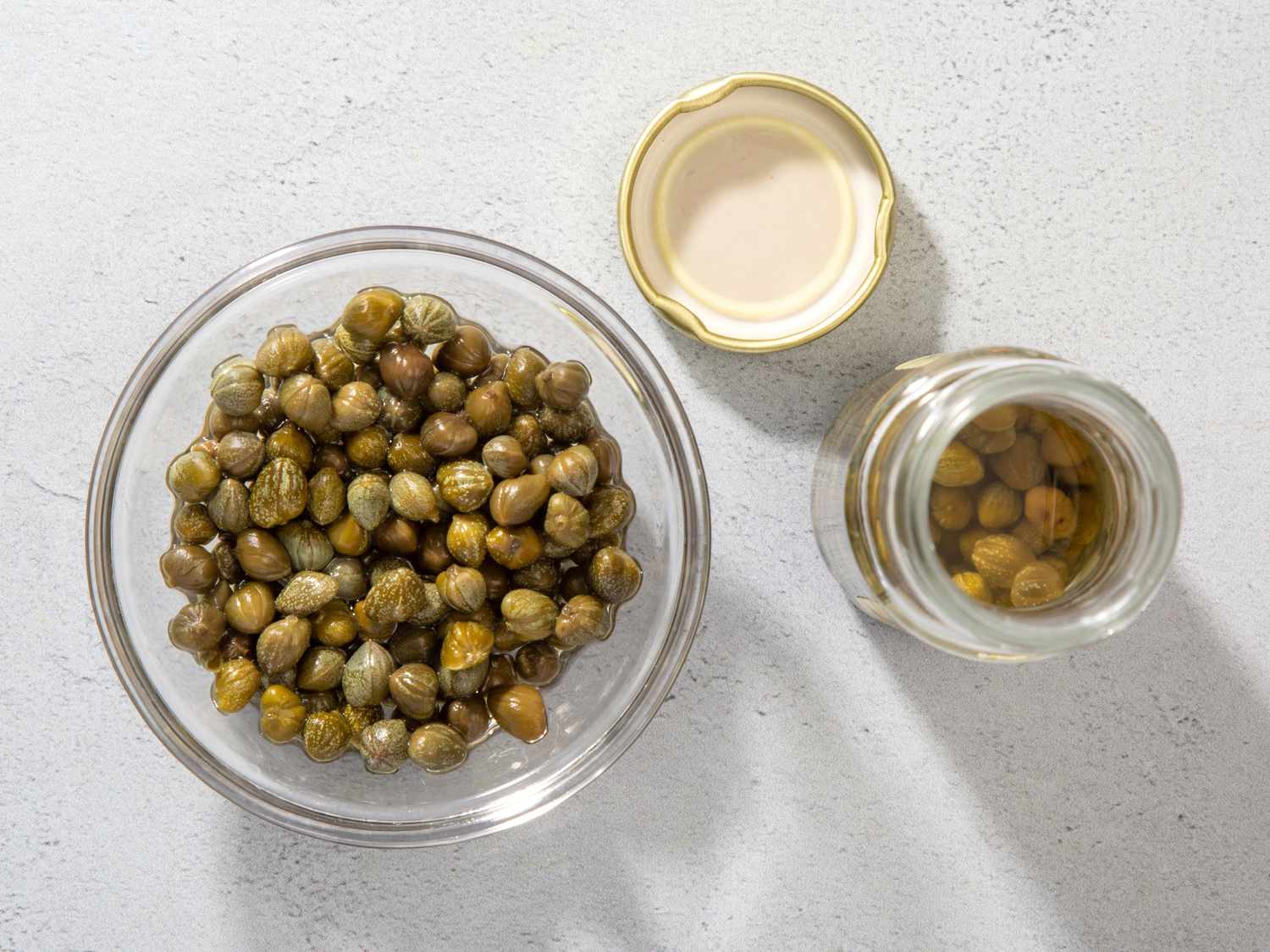

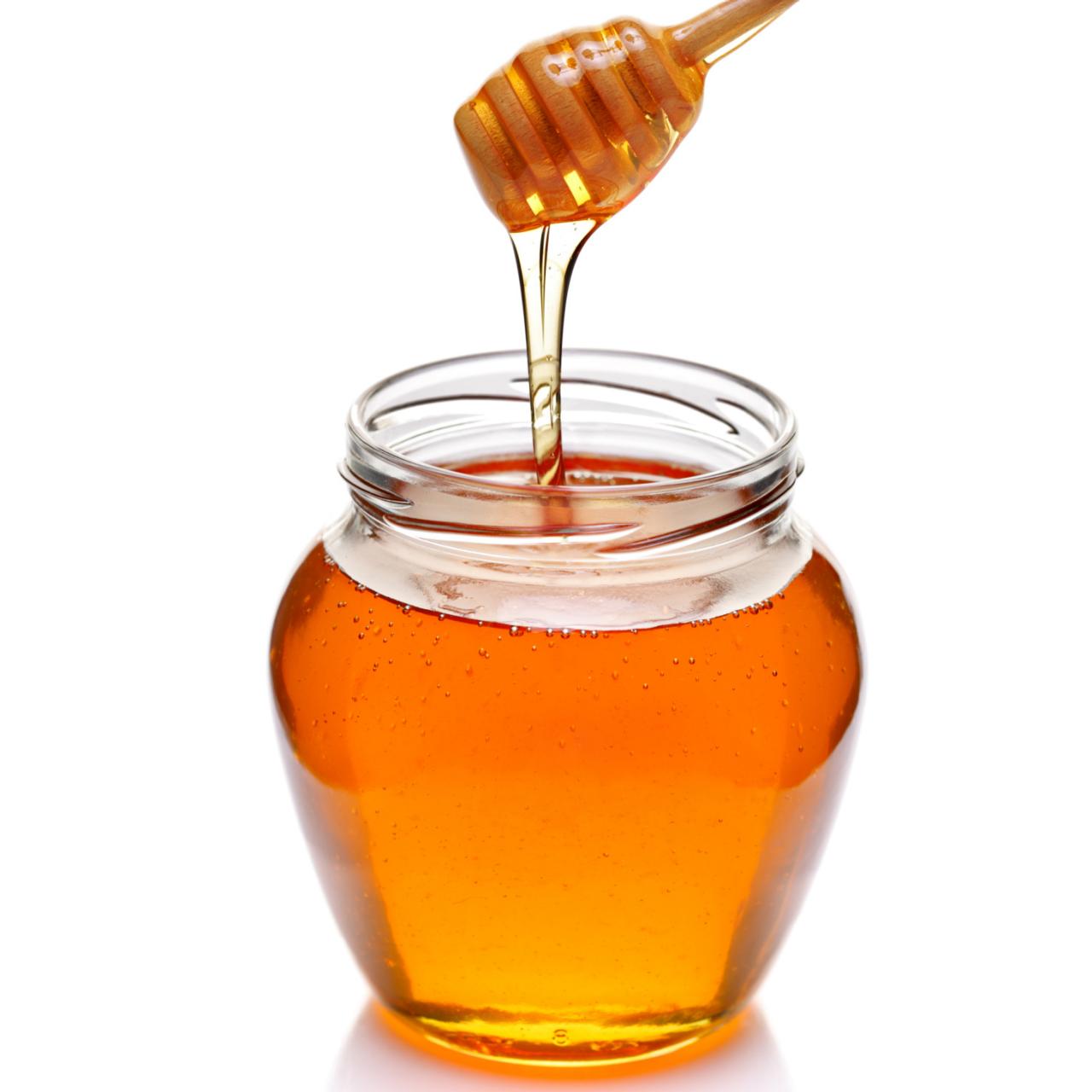

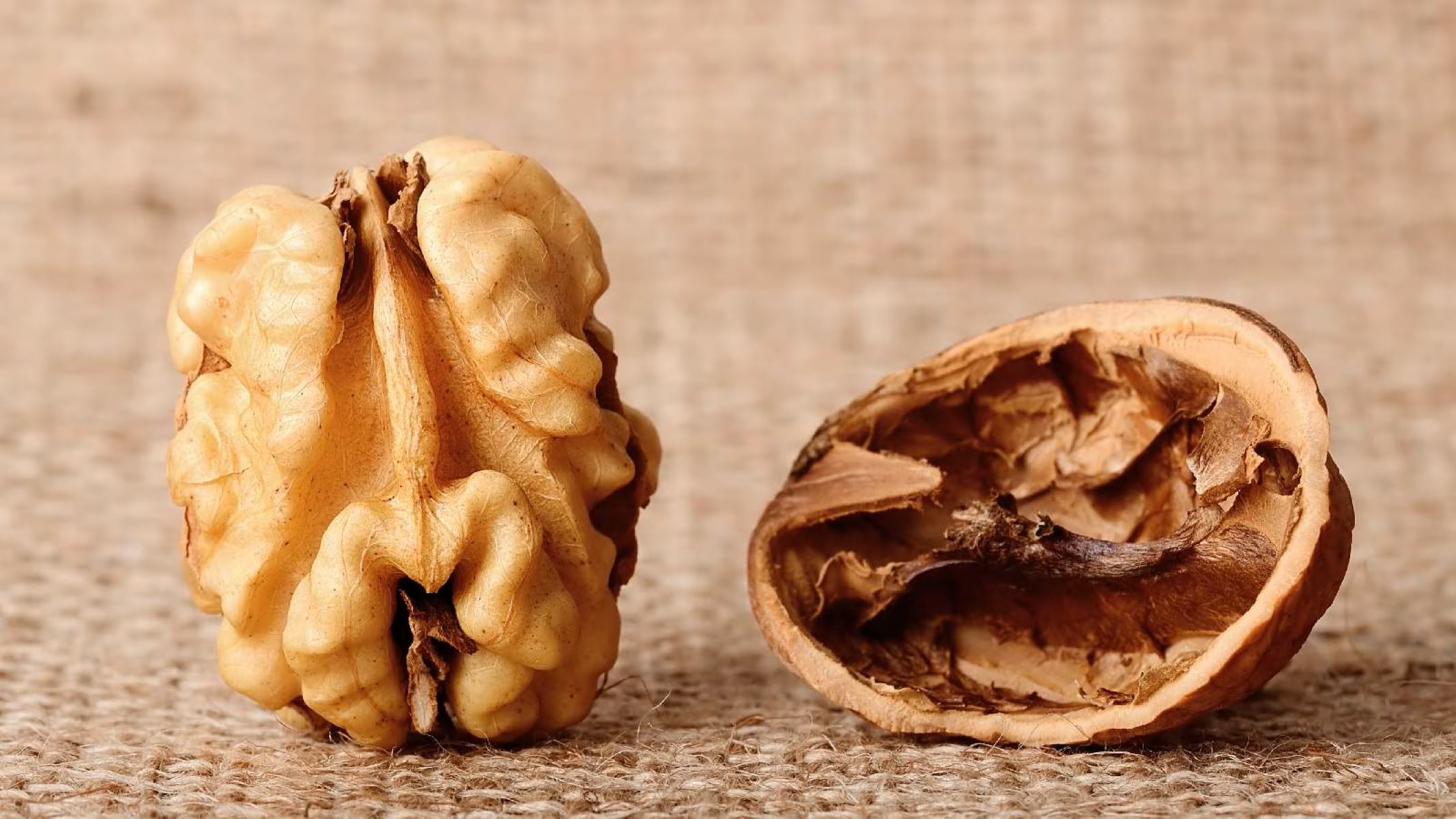

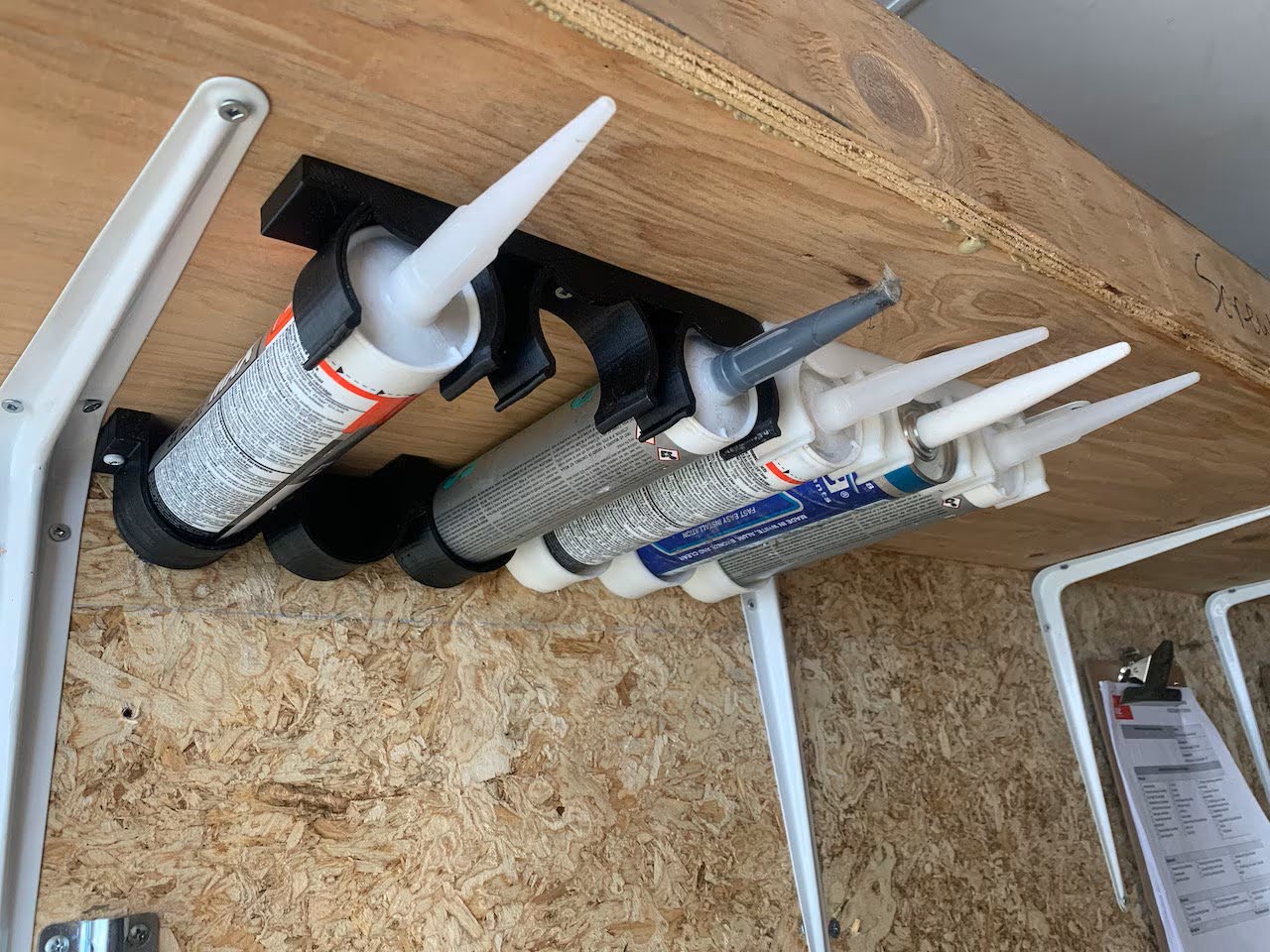



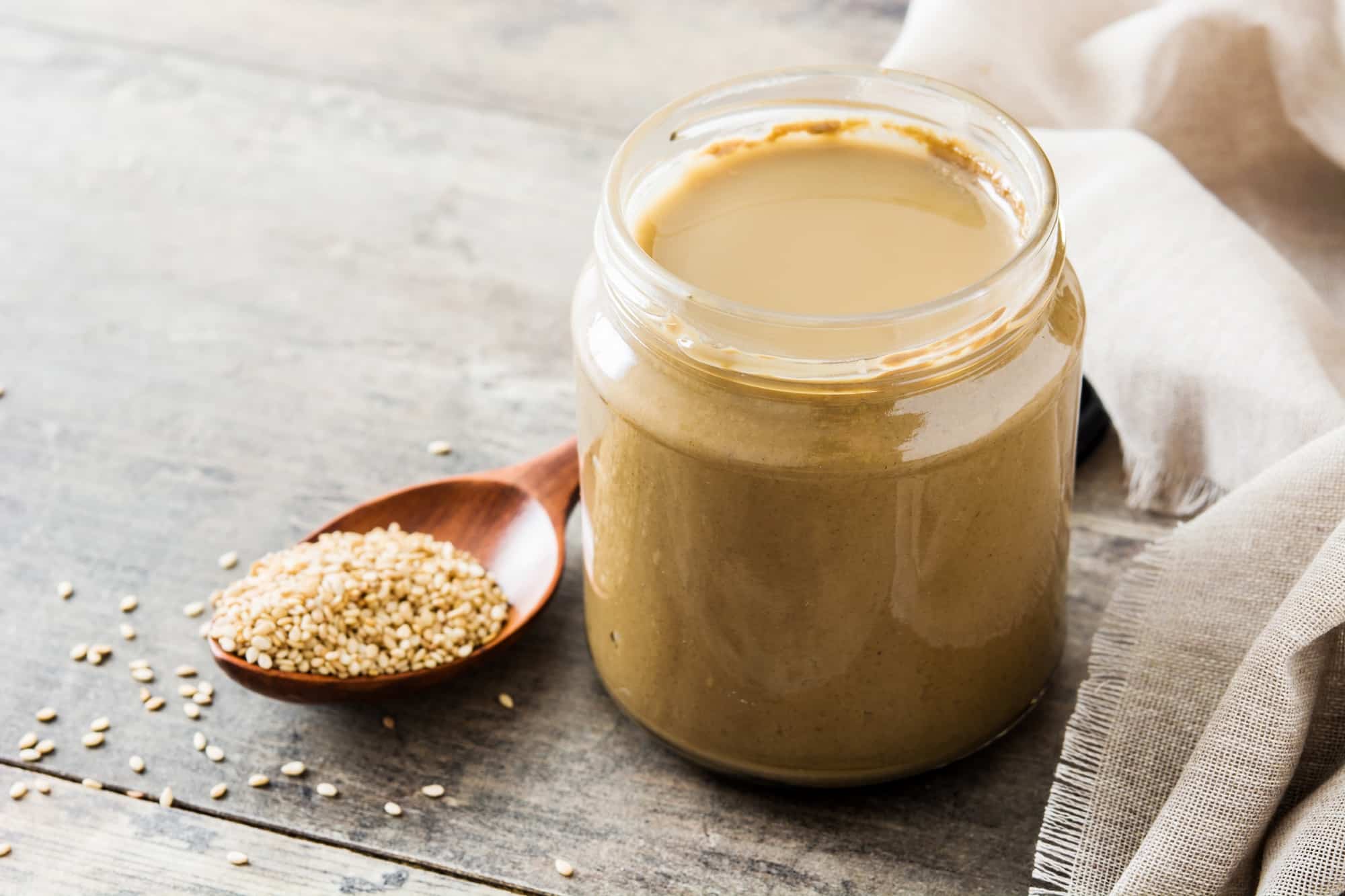
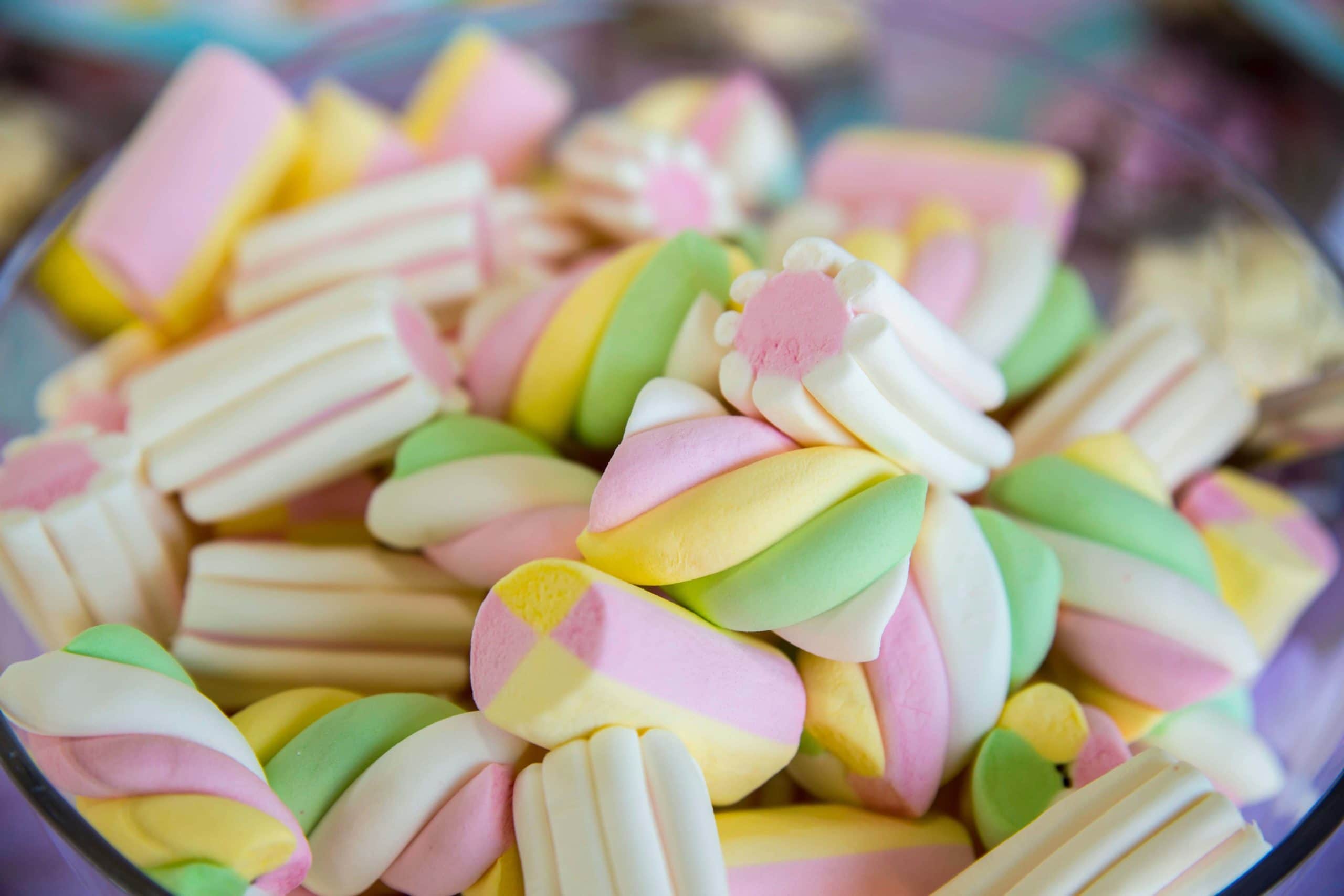
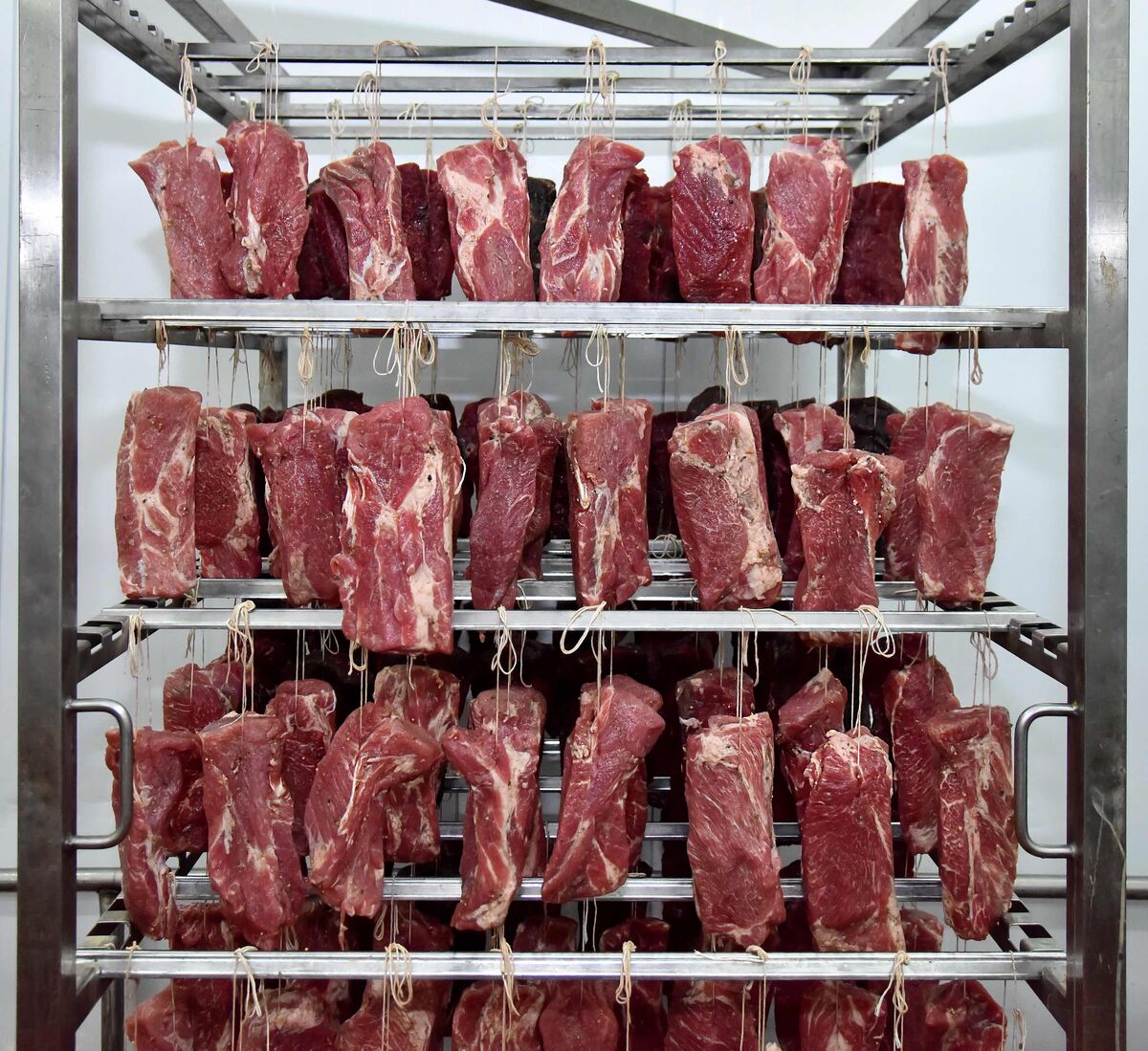

0 thoughts on “How To Store Ghee After Opening”